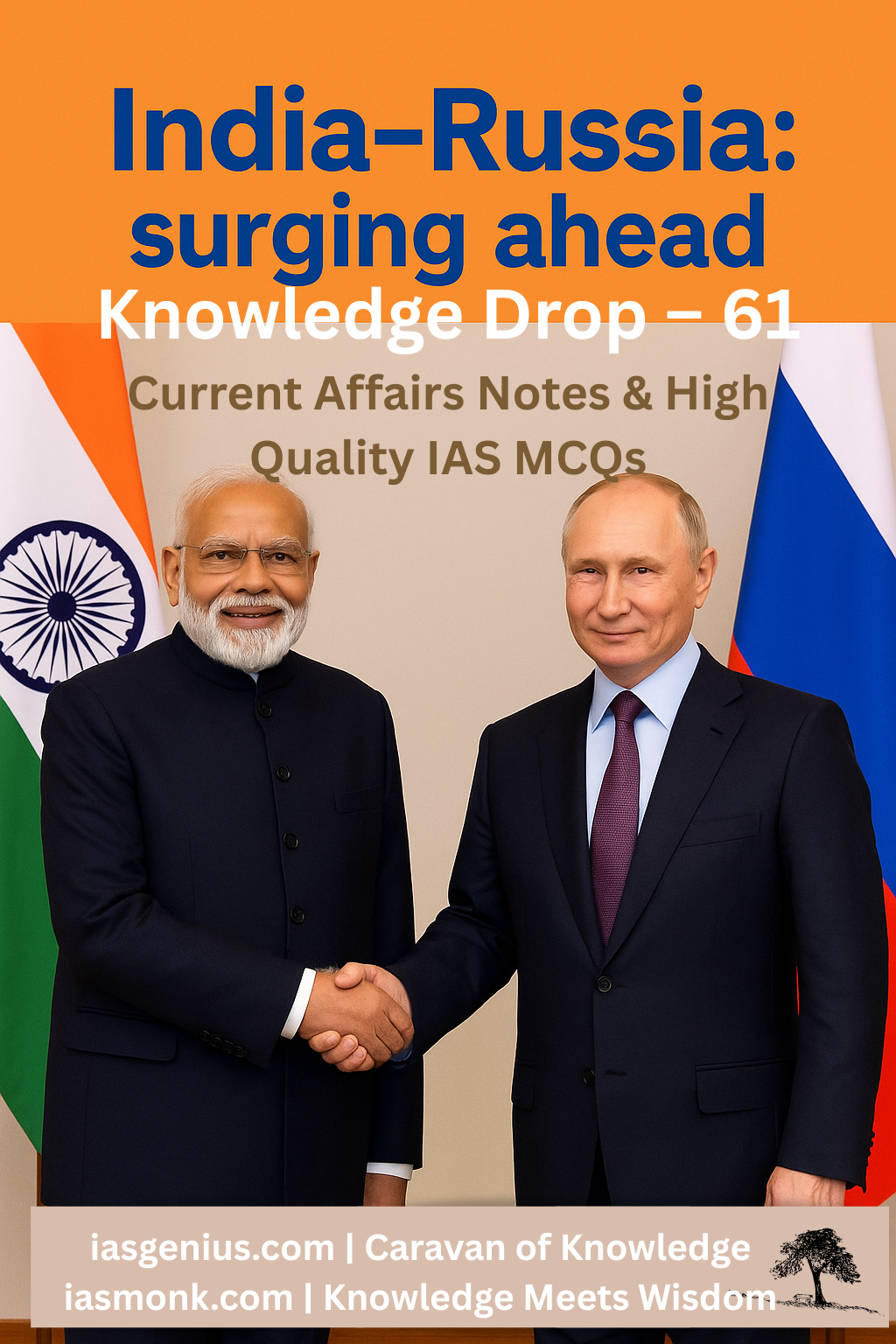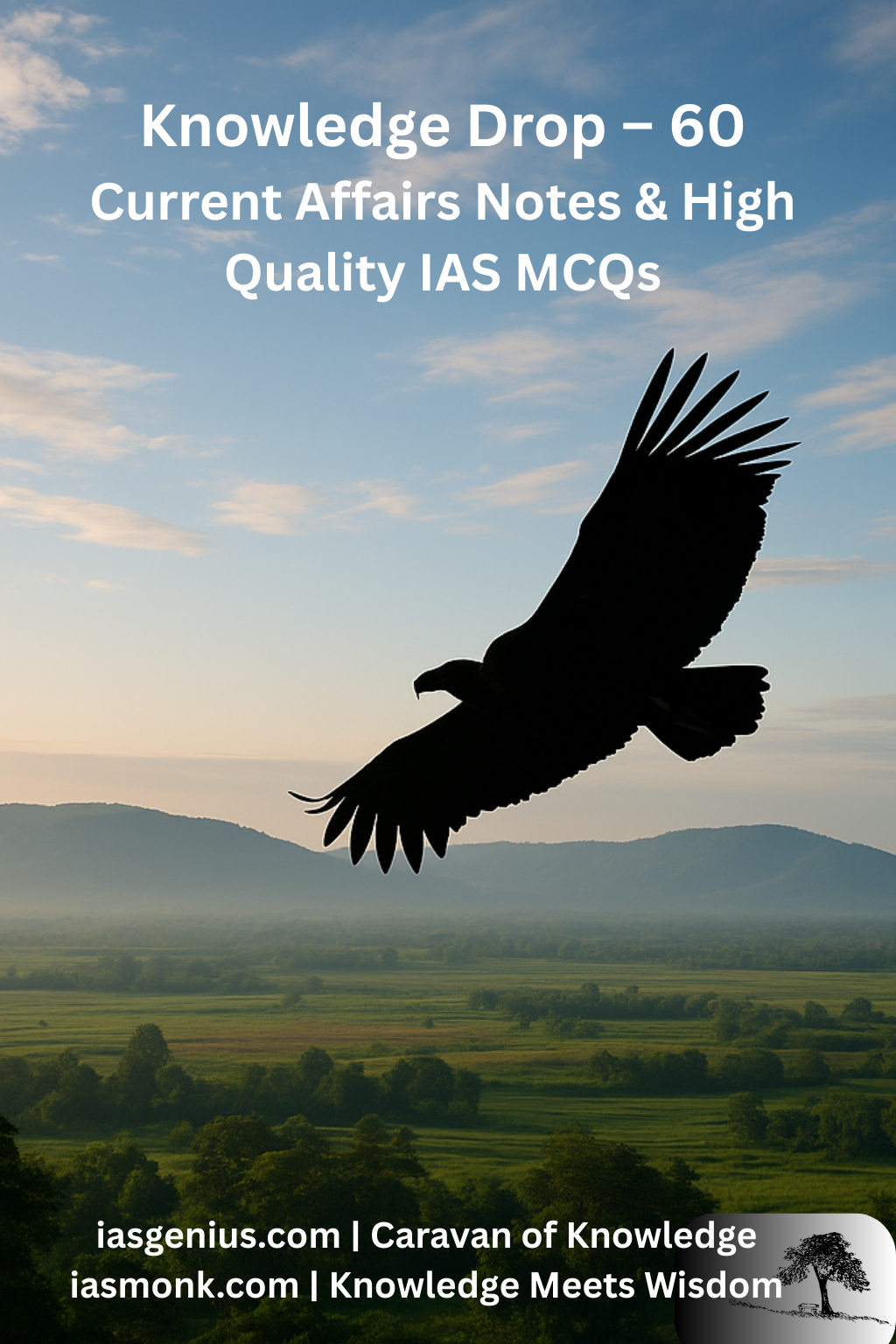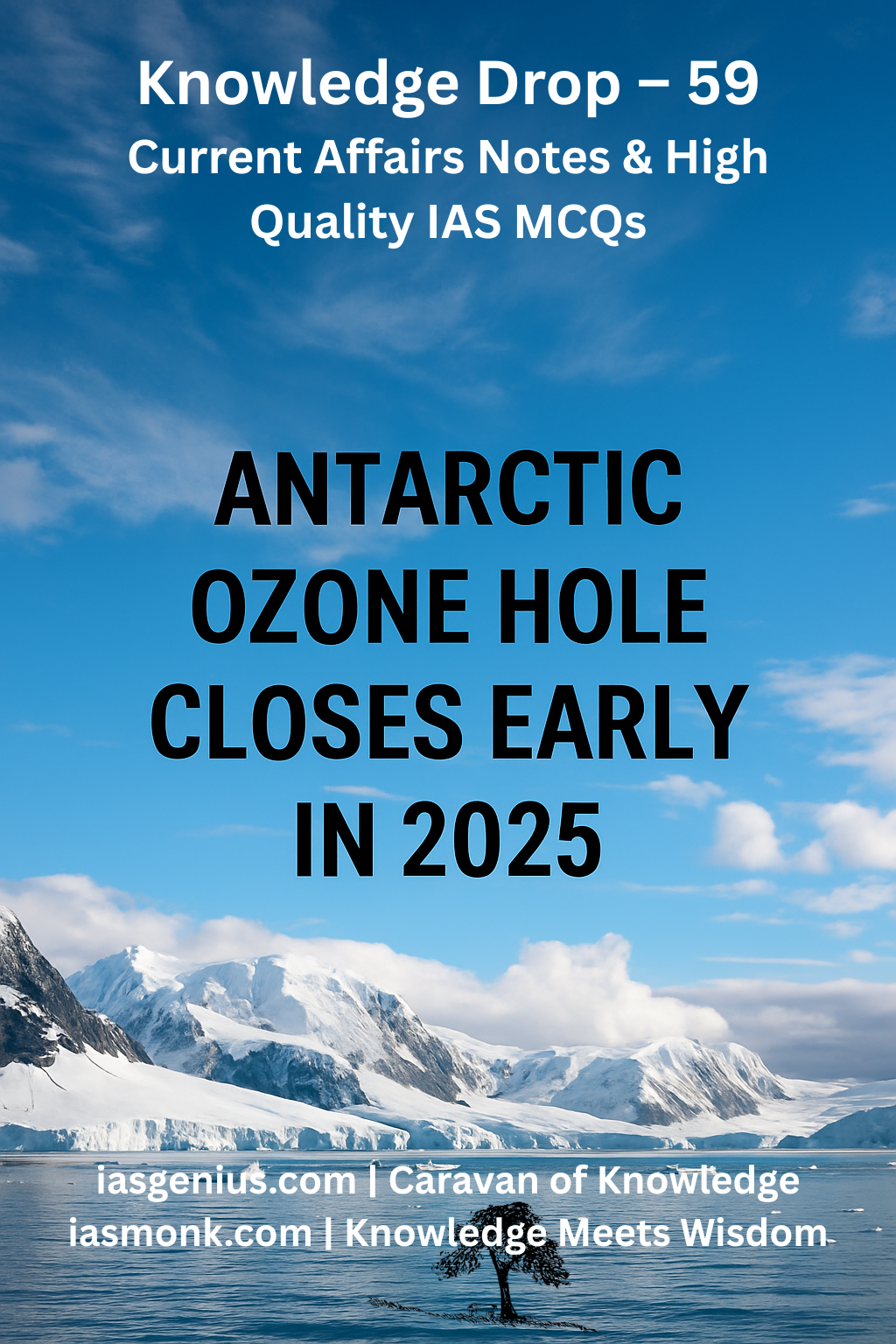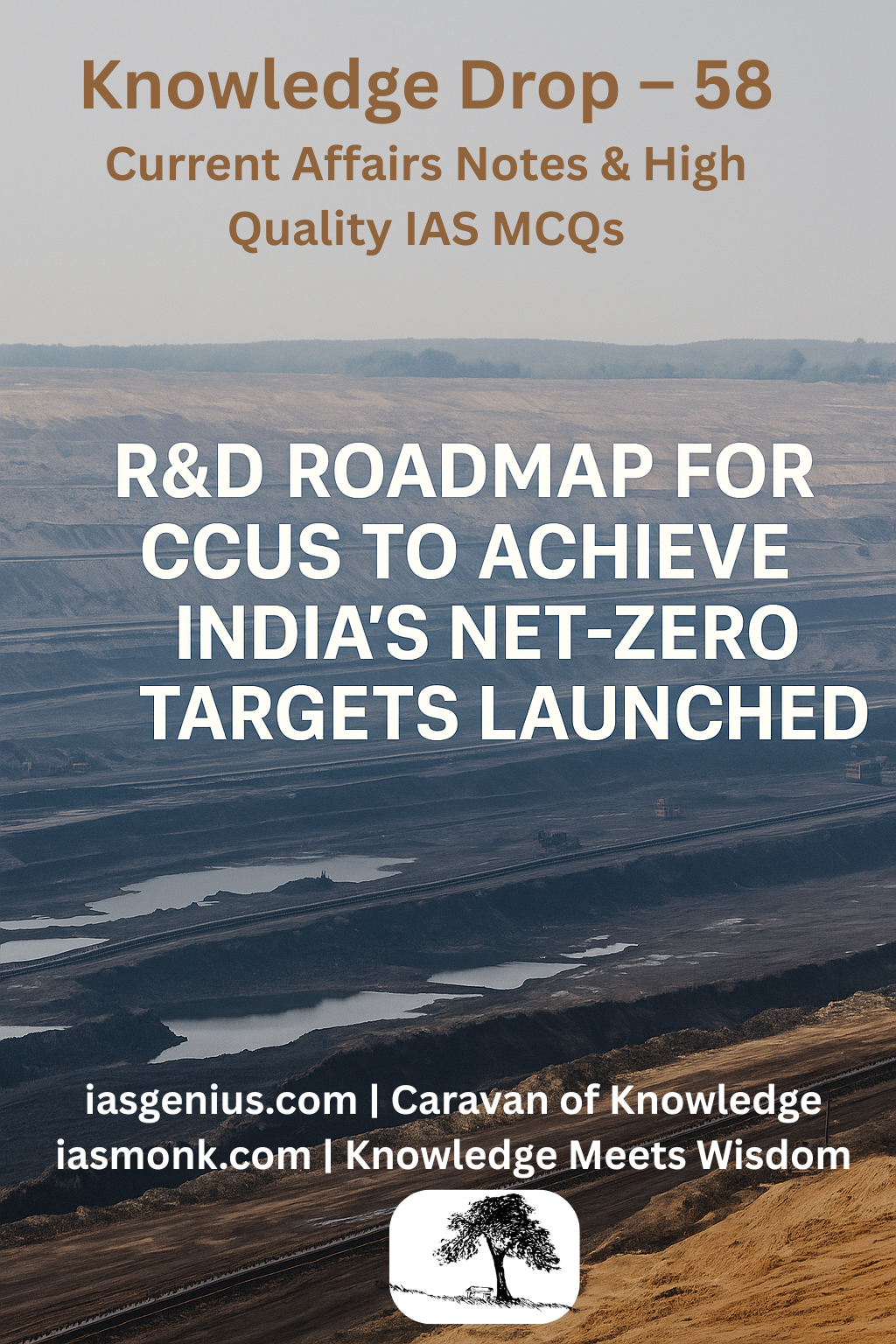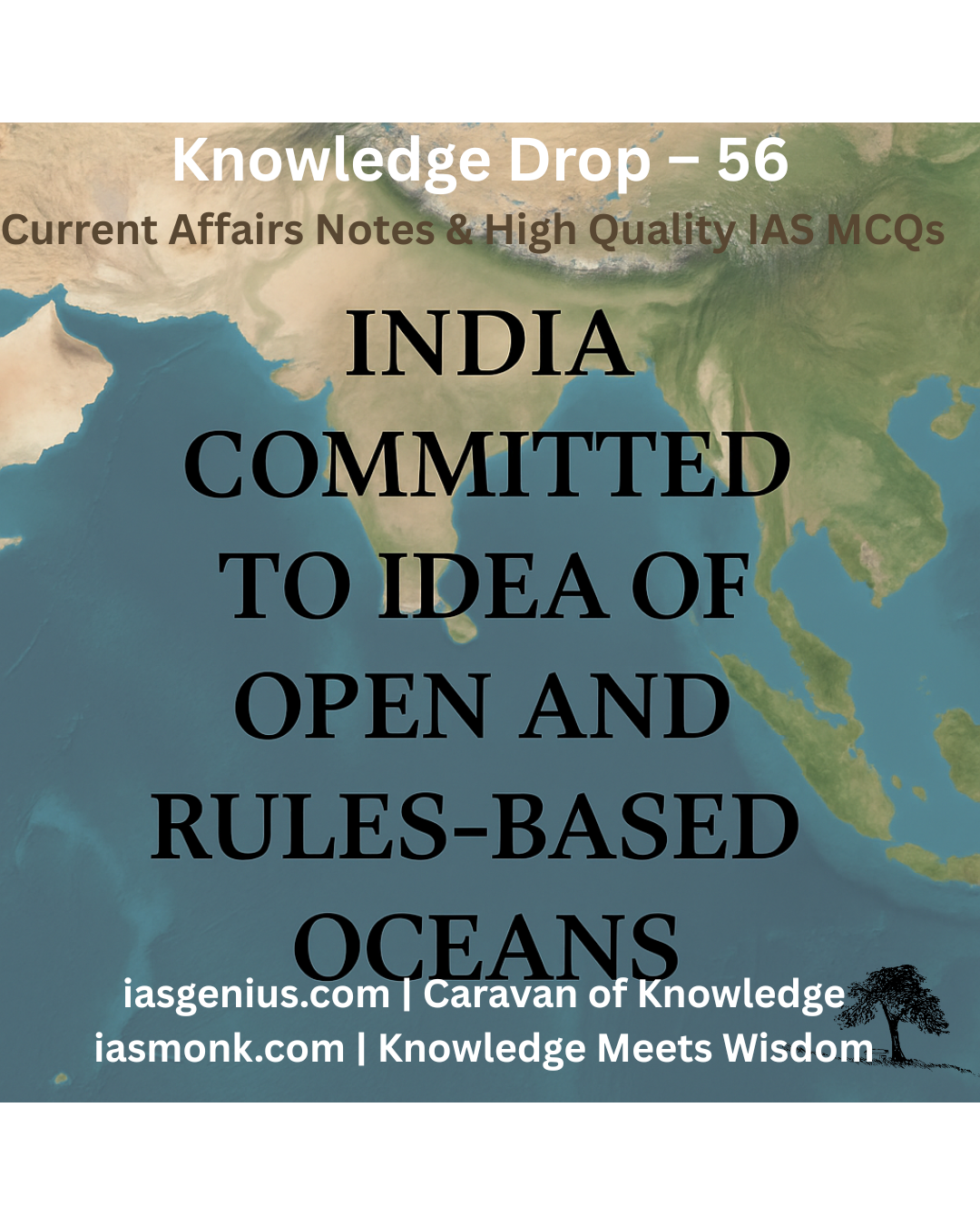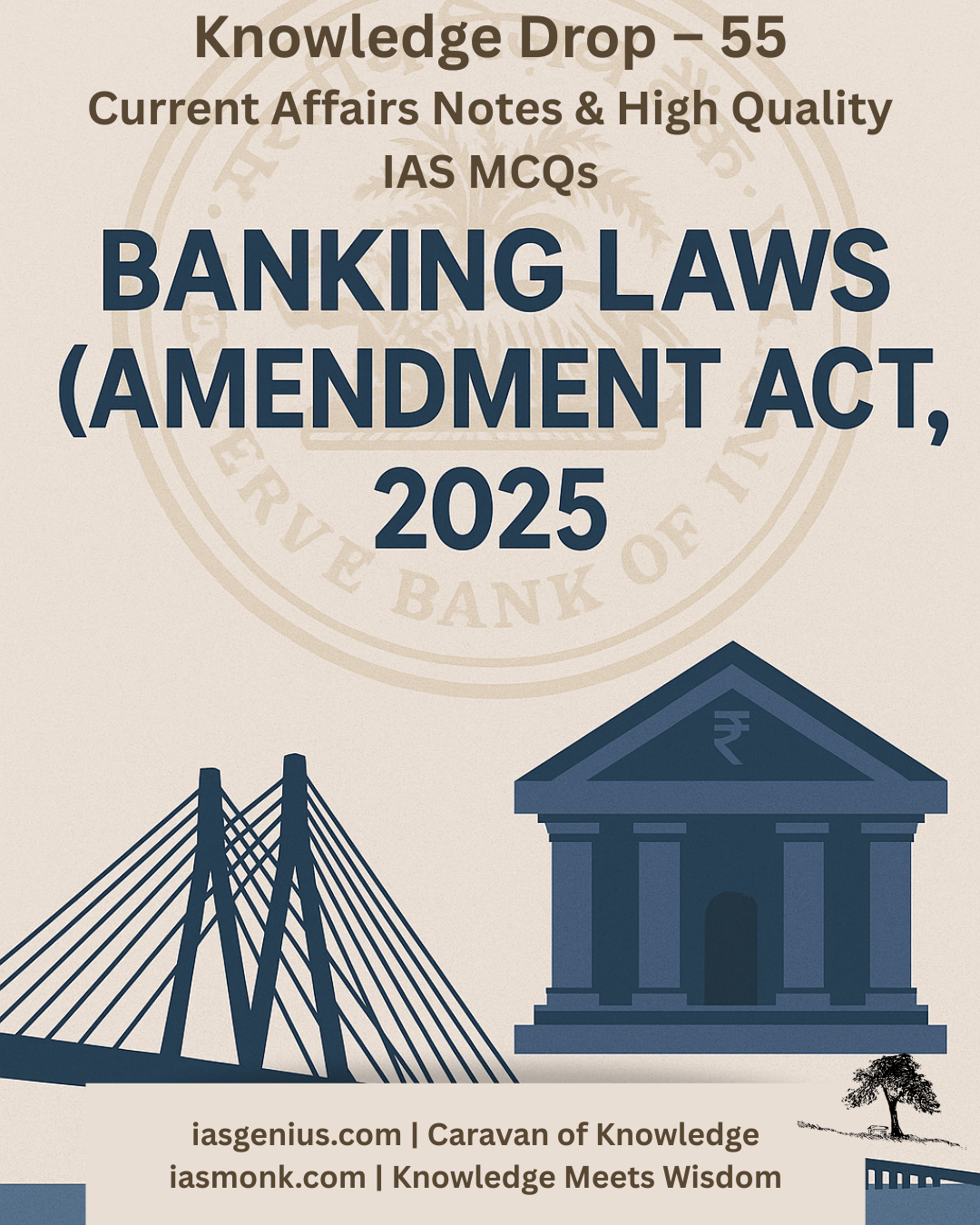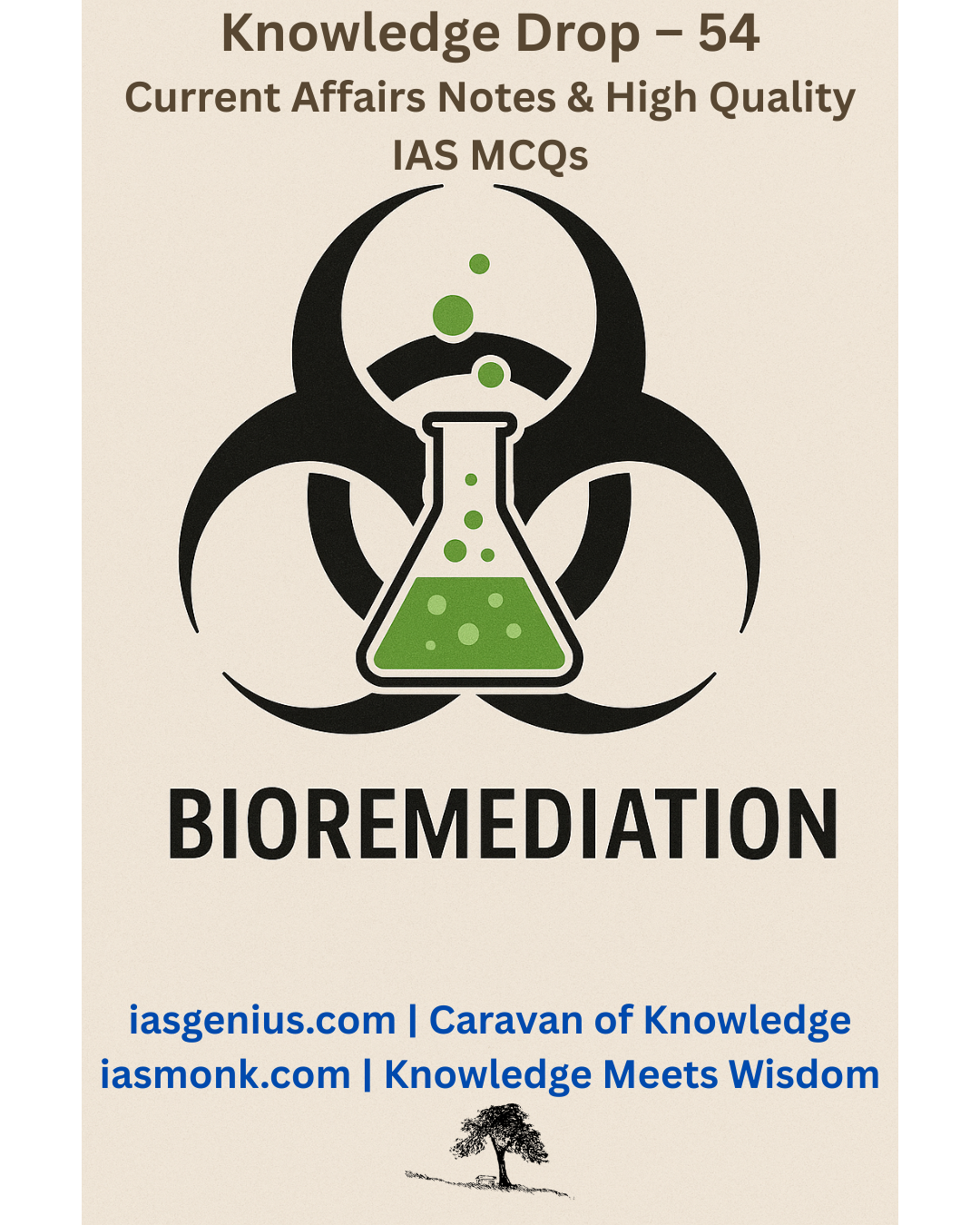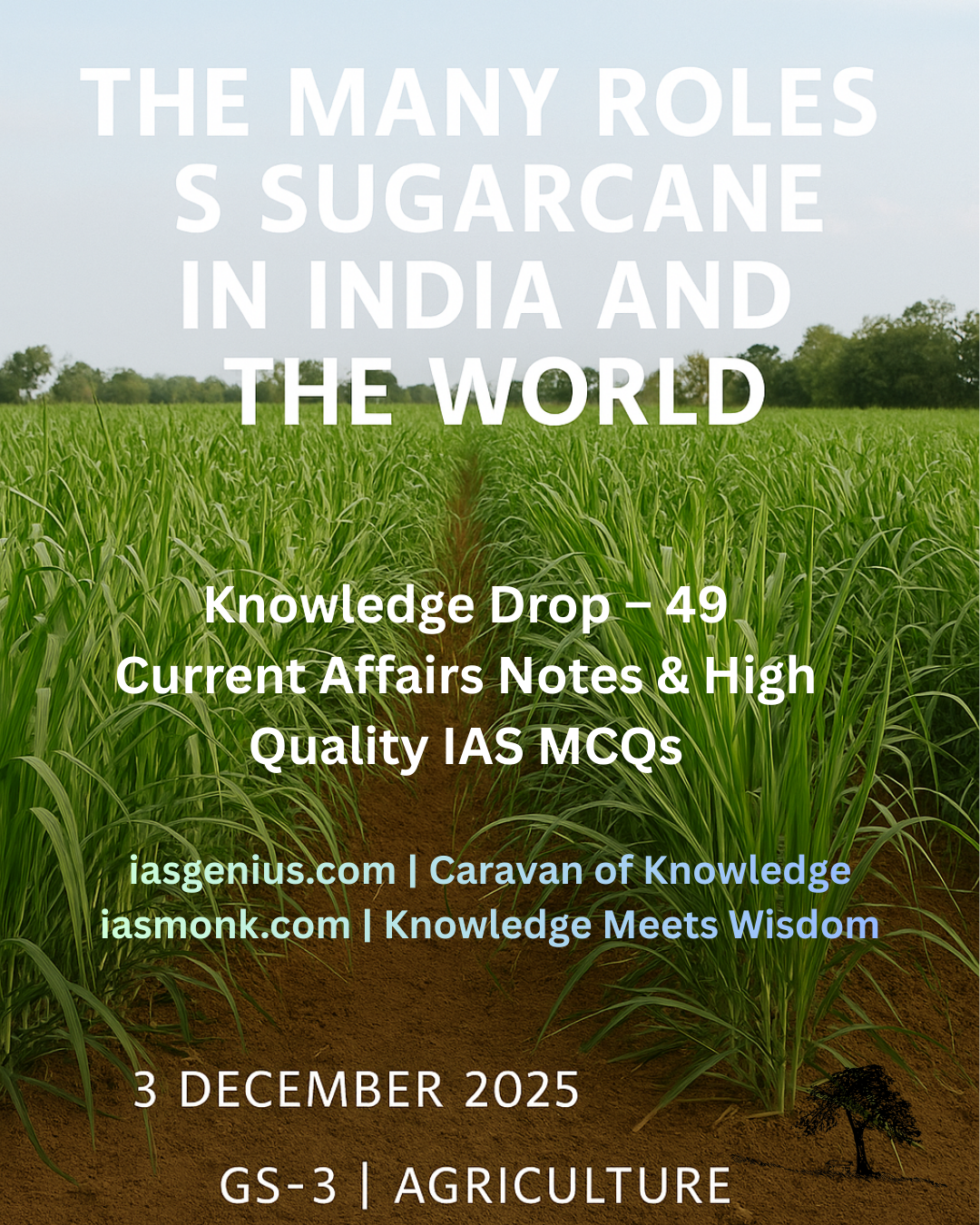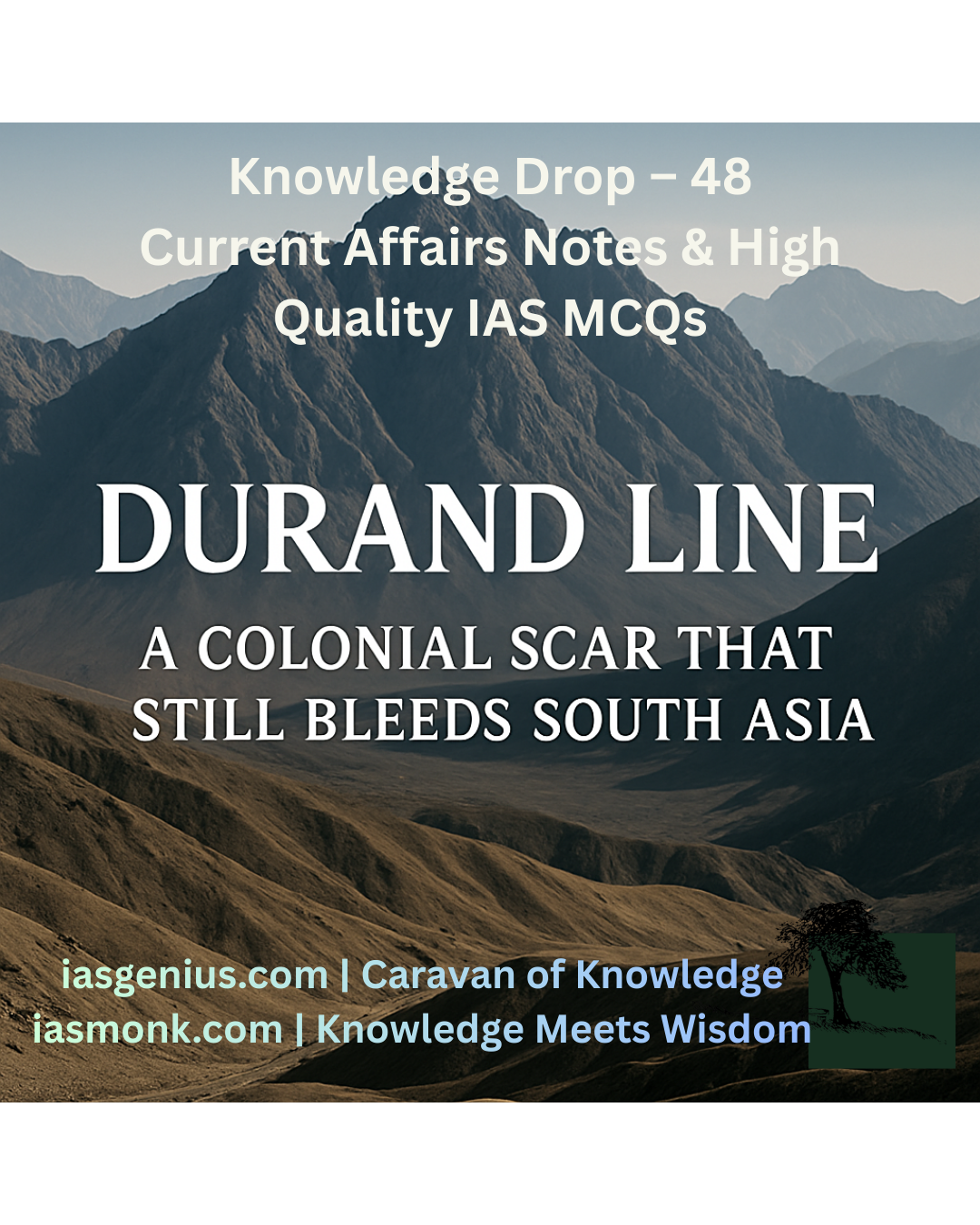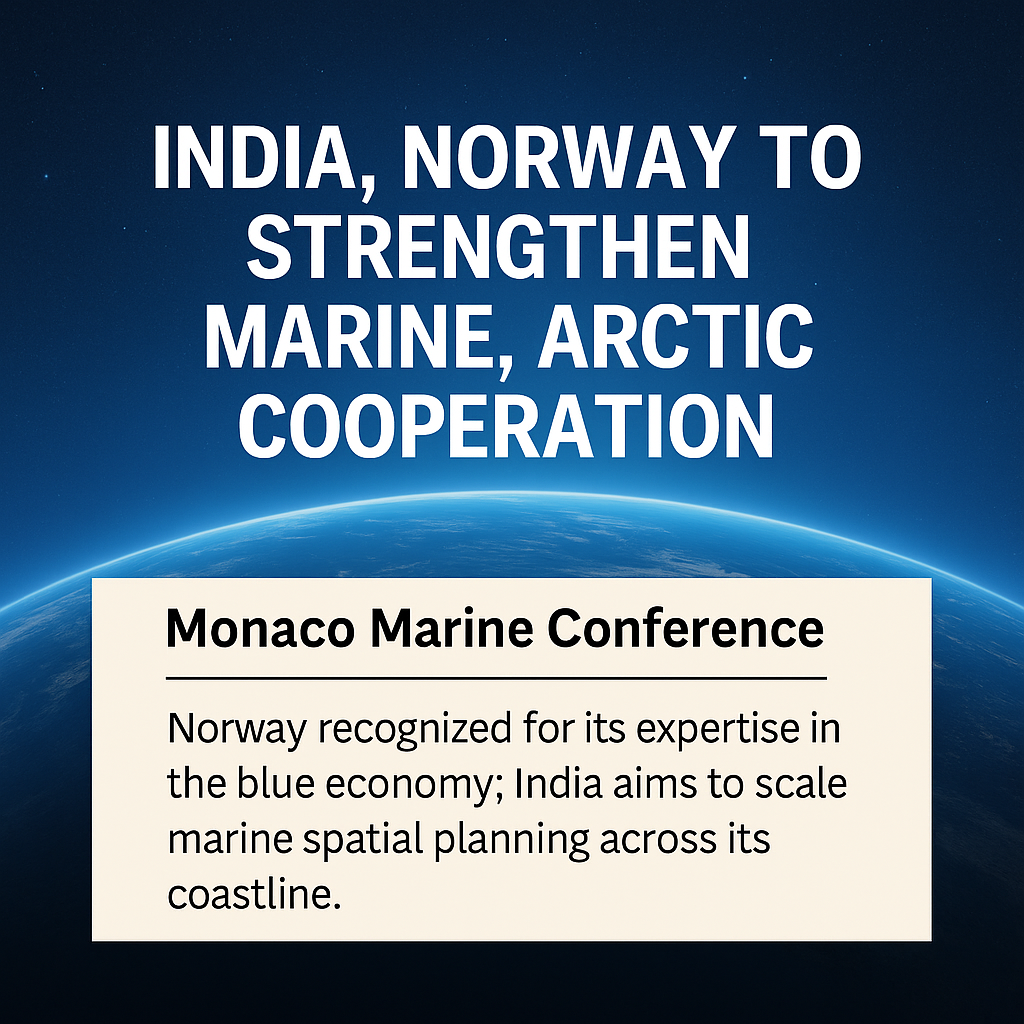
🧭June 15, 2025 Post 2: India & Norway Deepen Ties at Monaco Marine Conference 2025 | High Quality Mains Essay: India and Norway in the Blue Economy: Charting a Sustainable Course through Oceans and Diplomacy | For IAS-2026 :Prelims MCQs
India & Norway Deepen Ties at Monaco Marine Conference 2025

INTERNATIONAL
📅 Post Date: June 15, 2025
📘 Thematic Focus: GS2 – Global Groupings | GS3 – Environment, Blue Economy
🌀 Opening Whisper
“Beneath the waves lies a future we must chart with care, science, and shared resolve.”
🔍 Key Highlights
- At the Monaco Marine Conference (MCC), India and Norway reaffirmed cooperation in:
- Marine Spatial Planning (MSP)
- Arctic research
- Sustainable Blue Economy
- Marine Spatial Planning (MSP) is a science-based ocean zoning approach to:
- Balance biodiversity protection
- Optimize resource use
- Safeguard coastal livelihoods
➤ India’s MSP pilots in Puducherry and Lakshadweep showed promising results.
- The SAHAV Portal, launched to mark World Ocean Day (June 8), was recognized as a Digital Public Good. It is a GIS-based marine decision support system under Indo-Norwegian collaboration.
- The nations also highlighted:
- India’s Polar Research Station “Himadri” in Norway (Spitsbergen Island)
- Progress under the India-Norway Ocean Dialogue
- Joint focus on climate action, marine research, and green shipping
- Trade and diplomacy expanded under the India-EFTA TEPA 2024, with Norway’s exports to India up by 48% (March 2025).
📘 Concept Explainer: What is the Blue Economy?
- Blue Economy refers to the sustainable use of ocean resources for:
- Economic growth
- Improved livelihoods
- Ocean ecosystem health
- For India:
- 11,098 km coastline
- 2.02 million sq. km Exclusive Economic Zone (EEZ)
- Strategic significance in fisheries, energy, tourism, and biodiversity
- Aligned with SDG 14, the Blue Economy is embedded in:
- PM Matsya Sampada Yojana (PMMSY)
- National Blue Economy Policy Framework
🧭 GS Mains Mapping
- GS Paper 2 – India’s Foreign Policy | Global Groupings | Bilateral Relations
- GS Paper 3 – Environment | Blue Economy | Sustainable Development Goals
- Essay – “Oceans Without Borders: Sustainability as Shared Sovereignty”
💭 A Thought Spark — by IAS Monk
“In the dialogue between science and the sea, diplomacy becomes the tide that carries change.”
High Quality Mains Essay For Practice :
Word Limit 1000-1200
India and Norway in the Blue Economy: Charting a Sustainable Course through Oceans and Diplomacy
Introduction
The ocean is a vast and dynamic frontier—crucial not only to ecological stability but also to the economic aspirations of coastal nations. With increasing stress on marine ecosystems due to overfishing, pollution, and climate change, the idea of a “Blue Economy”—wherein ocean resources are used sustainably—has become central to global environmental and diplomatic discourse. At the Monaco Marine Conference (MCC) 2025, India and Norway reaffirmed their shared commitment to marine planning, Arctic research, and ocean sustainability. This bilateral engagement underscores the intersection of scientific cooperation, environmental ethics, and foreign policy strategy in an increasingly ocean-centric century.
Understanding the Monaco Marine Conference and its Significance
Hosted in Monaco, the MCC 2025 served as a key forum for discussing sustainable ocean governance, particularly in light of rising concerns about coastal vulnerability, marine pollution, and climate-induced disruptions. For India and Norway, it offered a platform to elevate their maritime partnership in the areas of:
- Marine Spatial Planning (MSP)
- Arctic Research and Polar Collaboration
- Digital Innovation in Ocean Governance
- Bilateral Trade and the Blue Economy
This renewed collaboration comes at a time when ocean health has been recognized as central to achieving the Sustainable Development Goals (SDGs), particularly SDG 14 which calls for the conservation and sustainable use of oceans and marine resources.
Marine Spatial Planning (MSP): A Science-Driven Marine Governance Tool
One of the focal points of India-Norway dialogue was Marine Spatial Planning (MSP)—a framework that allows multiple stakeholders to coordinate the use of marine space in a manner that balances ecological, economic, and social goals.
Under the Indo-Norwegian Integrated Ocean Management Initiative, MSP has been piloted successfully in Puducherry and Lakshadweep, helping to:
- Map marine ecosystems
- Protect coral reefs and fisheries
- Support local coastal communities
- Regulate tourism and infrastructure
India now aims to scale MSP across its 11,098 km coastline using modern tools like GIS-based mapping, ocean modelling, and stakeholder consultation.
The SAHAV Portal: A Digital Public Good for Oceans
Introduced on World Ocean Day (June 8), the SAHAV Portal represents a significant leap in digital marine governance. It is a decision support system that leverages geospatial intelligence to assist planners, fishermen, and conservationists.
- Recognized as a Digital Public Good, SAHAV aligns with the ethos of technology for public value.
- Its adoption could serve as a model for other coastal nations seeking to digitally democratize marine data.
The Blue Economy and India’s Coastal Future
The concept of the Blue Economy emphasizes:
- Sustainable development through ocean resources
- Balanced interaction between commerce and conservation
- Climate-resilient marine industries
For India, with its:
- 2.02 million sq.km. Exclusive Economic Zone (EEZ)
- Rich fisheries, port infrastructure, offshore energy, and biodiversity
The Blue Economy offers immense potential for growth—but only if backed by long-term environmental safeguards.
Key Indian initiatives include:
- Pradhan Mantri Matsya Sampada Yojana (PMMSY): Boosting fishery-based livelihoods and exports
- National Blue Economy Policy Framework: Anchored in ocean-based industries, tourism, conservation
- Sagarmala Project: Infrastructure development for port-led growth
These efforts need scientific grounding, cross-border learning, and strategic investments—which Norway is well positioned to support.
Norway: A Natural Partner in Ocean Sustainability
Norway’s deep maritime history and expertise make it a natural ally in India’s blue transformation:
- 70% of Norway’s exports originate from marine industries
- Norwegian companies are pioneers in sustainable aquaculture, shipping, and offshore wind
- Norway is a leader in Arctic exploration—offering insights into climate-sensitive polar regions
India’s three Arctic expeditions to Norway, and its permanent “Himadri” research station in Spitsbergen, have laid the groundwork for joint Arctic research on:
- Melting sea ice and its impact on monsoon
- Ocean-atmosphere coupling
- Biodiversity loss and methane release from permafrost
India-Norway Bilateral Framework: From 1947 to 2025
The India-Norway relationship, dating back to 1947, has matured through:
- 2014 Bilateral Boost: Cooperation in culture, science, and earth sciences
- 2019 India-Norway Ocean Dialogue: Maritime focus institutionalized
- 2022 India-Nordic Summit: Highlighted green shipping, renewable energy, and hydrogen economy
- 2024 India-EFTA TEPA Agreement: Strengthened trade, with Norway as a key member
As of March 2025:
- Norwegian exports to India rose by 48% YoY
- Key exports: Non-ferrous metals (e.g. nickel), chemical materials, and metalliferous ores
Strategic Implications: Ocean Diplomacy and Geopolitics
India’s ocean partnerships, including with Norway, offer several strategic advantages:
- Enhancing Maritime Domain Awareness (MDA)
- Expanding India’s role in Arctic governance, counterbalancing polar claims by major powers
- Building a resilient Indo-Pacific marine economy
- Countering China’s “Digital Silk Road” with democratic data sharing
- Championing climate-resilient growth models for other developing nations
The ocean, often overlooked in conventional diplomacy, is becoming a new theatre for soft power and sustainable influence.
Challenges to the Blue Economy Vision
Despite shared optimism, challenges remain:
- Marine Pollution: Plastic and oil spills threaten India’s coasts
- Data Gaps: Lack of real-time biodiversity and ocean current mapping
- Stakeholder Conflict: Tourism, fishing, port expansion may clash
- Lack of Coastal Community Involvement in MSP planning
- Overdependence on fossil-fuel shipping undermines “green port” goals
Addressing these requires a bottom-up, inclusive marine governance model, backed by finance and public trust.
Conclusion
The Monaco Marine Conference 2025 was not merely a diplomatic event—it was a statement of intent. As India joins hands with a science-rich nation like Norway, it signals the evolution of foreign policy beyond land and borders—into the oceans. The collaboration on Marine Spatial Planning, Blue Economy, and Arctic research demonstrates a bold convergence of technology, sustainability, and strategic vision.
If harnessed right, the partnership can turn the sea from a site of uncertainty into a shared space of prosperity and planetary responsibility.
🪔 Closing Whisper – by IAS Monk
“To govern the ocean is not to conquer it, but to listen, learn, and lead in silence between the waves.”
Target IAS-26: Daily MCQs :
📌 Prelims Practice MCQs
Topic: India-Norway in Blue Economy
MCQ 1 – Type 1: How many of the above statements are correct?
Consider the following statements regarding India-Norway marine cooperation:
1. India’s Marine Spatial Planning initiative has been implemented nationwide with Norway’s assistance.
2. Norway supported India’s membership in the Missile Technology Control Regime (MTCR).
3. The SAHAV Portal is a GIS-based decision support system related to marine governance.
4. The Indo-Norwegian partnership includes collaboration on Arctic research and Blue Economy.
How many of the above statements are correct?
A) Only two
B) Only three
C) All four
D) Only one
🌀 Didn’t get it? Click here (▸) for the Correct Answer & Explanation
✅ Correct Answer: B) Only three
🧠 Explanation:
1) ❌ False – MSP has not been implemented nationwide, only in pilot regions (Puducherry & Lakshadweep).
2) ✅ True – Norway supported India’s entry into MTCR and other export control regimes.
3) ✅ True – SAHAV is a GIS-based decision support tool for marine planning.
4) ✅ True – India and Norway collaborate on Arctic research and Blue Economy.
MCQ 2 – Type 2: Two Statements Based
Consider the following statements:
1. The Blue Economy is directly linked to SDG 14 of the UN Sustainable Development Goals.
2. The Monaco Marine Conference 2025 was hosted in India for the first time.
Which of the above statements is/are correct?
A) Only 1 is correct
B) Only 2 is correct
C) Both are correct
D) Neither is correct
🌀 Didn’t get it? Click here (▸) for the Correct Answer & Explanation
✅ Correct Answer: A) Only 1 is correct
🧠 Explanation:
1) ✅ True – SDG 14 advocates for the conservation and sustainable use of ocean resources, aligning with Blue Economy goals.
2) ❌ False – The 2025 Monaco Marine Conference was hosted in Europe, not India.
MCQ 3 – Type 3: Which of the statements is/are correct?
Which of the following statements is/are correct regarding India’s Marine Spatial Planning (MSP) efforts?
1. MSP was piloted in Puducherry and Lakshadweep.
2. MSP is part of the Indo-Norwegian Integrated Ocean Management Initiative.
3. MSP excludes local community consultation in planning.
Select the correct code:
A) 1 and 2 only
B) 2 and 3 only
C) 1 and 3 only
D) All of the above
🌀 Didn’t get it? Click here (▸) for the Correct Answer & Explanation
✅ Correct Answer: A) 1 and 2 only
🧠 Explanation:
1) ✅ True – MSP was piloted in those regions.
2) ✅ True – It is part of the Indo-Norwegian initiative.
3) ❌ False – MSP includes community consultation as a core principle.
MCQ 4 – Type 4: Direct Fact
What is India’s permanent Arctic research station in Norway called?
A) Himadri
B) Maitri
C) Sagar Nidhi
D) Satish Dhawan
🌀 Didn’t get it? Click here (▸) for the Correct Answer & Explanation.
✅ Correct Answer: B) Adolf Goetzberger and Armin Zastrow
🧠 Explanation:
- Himadri is India’s Arctic research base located at Ny-Ålesund, Svalbard (Norway).
- Maitri is located in Antarctica.
- Sagar Nidhi is India’s research vessel.
- Satish Dhawan is India’s space center.

